Home>Storage & Organization>Kitchen Organizing Tools>How Often Should You Change The Cat Litter Box?
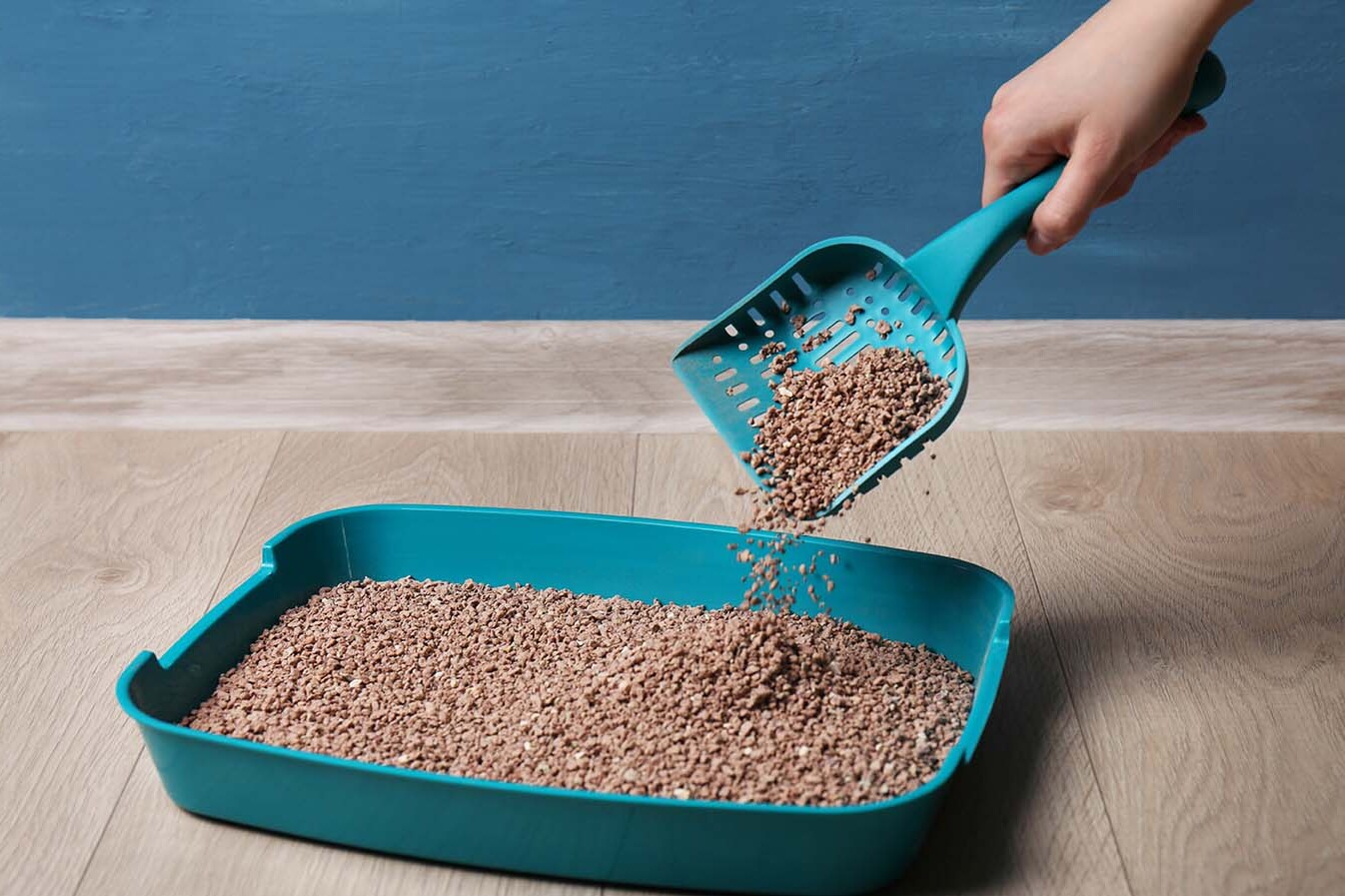

Kitchen Organizing Tools
How Often Should You Change The Cat Litter Box?
Modified: March 2, 2024
Discover the best kitchen organizing tools and learn how often you should change the cat litter box for a clean and tidy home. Explore expert tips and recommendations.
(Many of the links in this article redirect to a specific reviewed product. Your purchase of these products through affiliate links helps to generate commission for Storables.com, at no extra cost. Learn more)
Introduction
Maintaining a clean and hygienic environment for your feline friend is crucial for their well-being and your household's overall cleanliness. One of the key aspects of cat care involves the regular maintenance of the litter box. A clean litter box not only ensures your cat's comfort but also helps prevent unpleasant odors from permeating your living space.
As a responsible pet owner, it's essential to understand the significance of proper litter box maintenance and the impact it has on your cat's health and behavior. By addressing this aspect of pet care, you can create a harmonious living environment for both you and your beloved feline companion.
In this comprehensive guide, we will delve into the various factors to consider when determining the frequency of litter box changes. By understanding the signs that indicate the need for a litter box change and the recommended frequency for this task, you can ensure that your cat's litter box remains clean and inviting.
Additionally, we will provide valuable tips for maintaining a pristine litter box, offering practical insights to streamline this essential aspect of cat care. Whether you're a seasoned cat owner or a new pet parent, this guide will equip you with the knowledge and strategies to uphold a clean and comfortable environment for your feline friend.
Let's embark on this journey to discover the best practices for maintaining a clean litter box and fostering a healthy and contented relationship with your cherished cat.
Key Takeaways:
- Regularly changing the cat litter box, at least once a week for single-cat households and every 3-4 days for multi-cat households, helps maintain a clean and inviting space for your feline friend’s bathroom activities.
- Keeping the litter box clean and comfortable for your cat involves regular scooping, choosing quality litter, and monitoring signs that indicate the need for maintenance, ensuring a harmonious living environment for both you and your beloved cat.
Read more: How Often Should A Cat Use The Litter Box?
Factors to Consider
When determining how often to change the cat litter box, several factors come into play. Understanding these considerations is essential for maintaining a hygienic environment for your feline companion. Here are the key factors to take into account:
-
Number of Cats: The number of cats in your household directly impacts the frequency of litter box changes. A higher number of cats will naturally result in more frequent litter box maintenance to accommodate their collective usage.
-
Type of Litter: The type of litter used in the box can influence how often it needs to be changed. Clumping litter tends to make waste removal more manageable, potentially extending the time between complete litter changes.
-
Litter Box Size: The size of the litter box relative to the number and size of your cats is a crucial consideration. A larger litter box may require less frequent changes, especially in multi-cat households.
-
Cat's Health: If your cat has specific health issues, such as urinary tract problems or digestive issues, it may necessitate more frequent litter box changes to maintain a clean and sanitary environment.
-
Litter Box Placement: The location of the litter box within your home can impact its cleanliness. Placing the box in a well-ventilated area with minimal foot traffic can help reduce odors and extend the time between changes.
-
Cleaning Routine: Regular scooping and cleaning of the litter box can significantly extend the time between complete changes. A consistent cleaning routine can help manage odors and maintain a hygienic environment for your cat.
By considering these factors, you can tailor your approach to litter box maintenance based on the specific needs of your cat and household. Understanding these nuances will enable you to establish an effective and sustainable litter box maintenance routine, promoting a clean and comfortable environment for your feline companion.
Signs It's Time to Change the Litter Box
Recognizing the signs that indicate the need for a litter box change is crucial for maintaining a clean and hygienic environment for your cat. By staying attuned to these indicators, you can ensure that your feline friend has a comfortable and inviting space for their essential bathroom activities. Here are the key signs to watch for:
1. Persistent Odors
Unpleasant and lingering odors emanating from the litter box are a clear signal that it's time for a change. Despite regular scooping, if the odors persist and become increasingly noticeable, it's a strong indication that the litter box requires a complete refresh.
2. Reduced Clumping Ability
For litter boxes utilizing clumping litter, a noticeable decline in the litter's clumping ability suggests that it's no longer effectively containing moisture and odors. This can result in a less sanitary environment for your cat and necessitates a timely litter box change.
Read more: How Big Should A Litter Box Be For A Cat
3. Excessive Litter Tracking
If you notice an uptick in litter tracking outside the box, it may indicate that the litter has become less effective in trapping and containing waste. This can lead to increased messiness and the spread of odors, signaling the need for a litter box overhaul.
4. Unwillingness to Use the Box
Cats are fastidious creatures, and a sudden reluctance to use the litter box may indicate their discomfort with its cleanliness. If your cat begins to exhibit aversion to the litter box, it's essential to address this promptly by changing the litter to encourage regular use.
5. Visible Waste Accumulation
An accumulation of waste that exceeds the usual amount for your cat's usage indicates that the litter box is reaching its capacity. This can lead to unsanitary conditions and discomfort for your cat, necessitating a timely change to maintain a clean and inviting space.
6. Behavioral Changes
Observing changes in your cat's bathroom behavior, such as choosing alternative locations for elimination, can be a sign that the current litter box conditions are no longer satisfactory. Addressing these behavioral shifts promptly through a litter box change can help restore your cat's comfort and routine.
By remaining vigilant for these signs, you can proactively address the need for a litter box change, ensuring that your cat has a clean and comfortable space for their essential bathroom activities. This proactive approach not only promotes your cat's well-being but also contributes to a harmonious and hygienic living environment for both you and your feline companion.
Read more: How Often Should You Change Mattress
Frequency Recommendations
Determining the optimal frequency for changing the cat litter box is a pivotal aspect of maintaining a clean and inviting environment for your feline companion. While the specific frequency may vary based on individual circumstances, several general recommendations can serve as a helpful guideline for cat owners.
Single Cat Household
In a single cat household, it is generally advisable to completely change the litter box and refill it with fresh litter at least once a week. This frequency allows for the effective management of waste accumulation and odor control, ensuring that your cat has a consistently clean and appealing space for their bathroom activities.
Multiple Cat Household
In households with multiple cats, the frequency of litter box changes naturally increases to accommodate the collective usage. For multi-cat households, it is recommended to perform a complete litter box change more frequently, typically every 3-4 days. This heightened frequency helps prevent the rapid buildup of waste and ensures that each cat has access to a clean and hygienic litter box.
Clumping Litter Considerations
For cat owners using clumping litter, the frequency of complete litter box changes can be adjusted based on the litter's clumping ability and odor control. Clumping litter has the advantage of facilitating the removal of soiled litter, potentially extending the time between complete changes. In such cases, it may be feasible to perform a complete litter box change every 10-14 days in a single cat household, and every 5-7 days in a multi-cat household.
Read more: How Do You Clean A Cat Litter Box
Monitoring and Adaptation
While these frequency recommendations provide a valuable starting point, it is essential to monitor the litter box conditions regularly and adapt the maintenance schedule based on the specific needs of your cat and household. Observing the signs indicating the need for a litter box change, such as persistent odors, reduced clumping ability, and behavioral changes, can prompt timely adjustments to the maintenance frequency.
By remaining attuned to your cat's habits and the condition of the litter box, you can fine-tune the frequency of litter box changes to ensure a consistently clean and comfortable environment for your feline companion. This proactive approach not only promotes your cat's well-being but also contributes to a harmonious and hygienic living environment for both you and your beloved cat.
In summary, establishing a tailored litter box maintenance routine based on the specific needs of your cat and household is essential for upholding a clean and inviting environment. By adhering to these frequency recommendations and remaining vigilant for signs indicating the need for a litter box change, you can ensure that your cat enjoys a hygienic and comfortable space for their essential bathroom activities.
Tips for Maintaining a Clean Litter Box
Maintaining a clean litter box is essential for promoting your cat's health and well-being while ensuring a pleasant living environment for both you and your feline companion. To streamline the process of litter box maintenance and uphold a consistently hygienic space, consider implementing the following tips:
1. Regular Scooping
Consistent scooping of the litter box is paramount for managing waste accumulation and preventing odors. Aim to scoop the litter box at least once a day, removing soiled clumps and waste to maintain a clean and inviting environment for your cat.
2. Proper Litter Depth
Maintain an appropriate depth of litter in the box to facilitate effective waste absorption and odor control. While it's essential to avoid overfilling the box, ensuring a sufficient layer of litter promotes optimal waste management and encourages your cat's regular use of the box.
3. Quality Litter Selection
Choose high-quality litter that aligns with your cat's preferences and provides efficient odor control and clumping capabilities. Exploring different litter options and selecting a product that effectively manages odors and waste can significantly contribute to a cleaner litter box environment.
4. Routine Cleaning
In addition to regular scooping, incorporate a routine cleaning schedule for the litter box. This involves emptying the entire box, thoroughly cleaning it with mild, unscented soap, and refilling it with fresh litter. Establishing a consistent cleaning routine helps prevent the buildup of odors and maintains a hygienic environment for your cat.
5. Strategic Box Placement
Carefully consider the placement of the litter box within your home. Choose a quiet and accessible location that offers your cat privacy while ensuring proper ventilation. Strategic placement can help minimize odors and encourage your cat's comfort and regular use of the box.
6. Monitoring and Adjustment
Regularly monitor the condition of the litter box and be attentive to any signs indicating the need for maintenance. By promptly addressing issues such as odor accumulation, reduced clumping ability, or changes in your cat's behavior, you can adapt the maintenance routine as needed to uphold a clean and inviting litter box environment.
Read more: Where Do You Put A Cat Litter Box
7. Consider Multiple Boxes
In multi-cat households, providing multiple litter boxes can help distribute usage and prevent overcrowding, leading to cleaner and more accessible spaces for each cat. Additionally, having multiple boxes allows for greater waste management and reduces the likelihood of territorial issues related to litter box usage.
By incorporating these tips into your litter box maintenance routine, you can establish a proactive and effective approach to promoting a clean and comfortable environment for your cat. Consistent attention to litter box maintenance not only enhances your cat's well-being but also contributes to a harmonious and hygienic living space for both you and your beloved feline companion.
Frequently Asked Questions about How Often Should You Change The Cat Litter Box?
Was this page helpful?
At Storables.com, we guarantee accurate and reliable information. Our content, validated by Expert Board Contributors, is crafted following stringent Editorial Policies. We're committed to providing you with well-researched, expert-backed insights for all your informational needs.
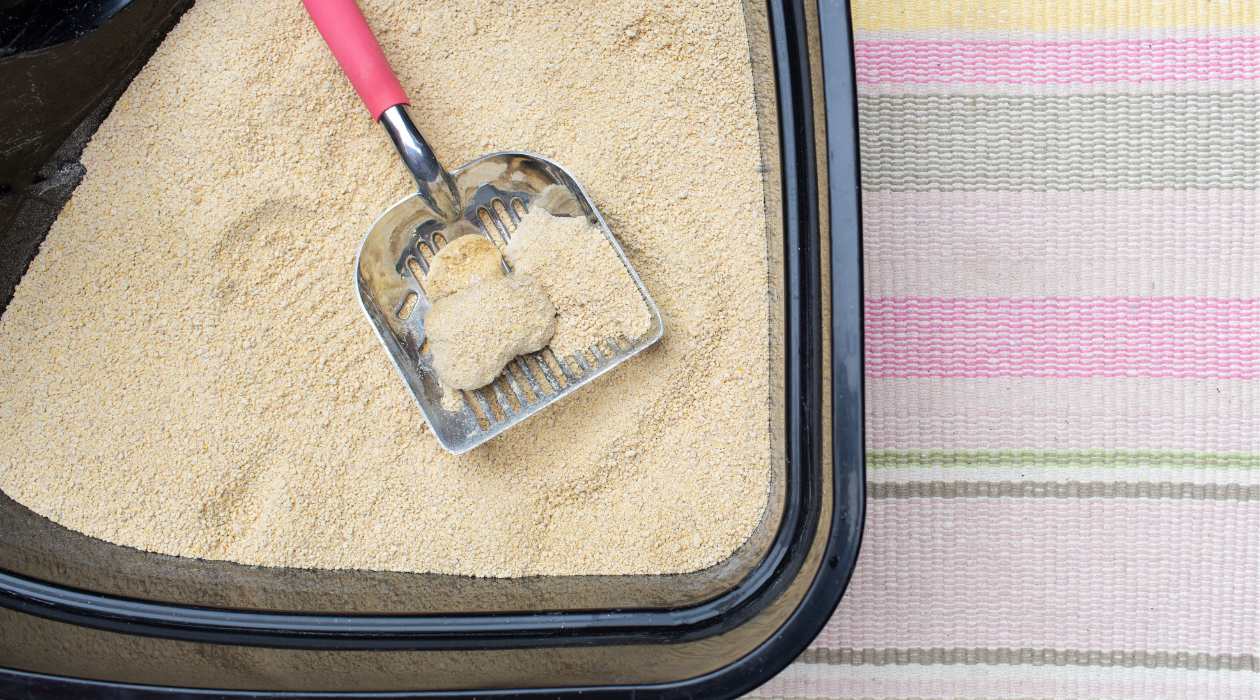
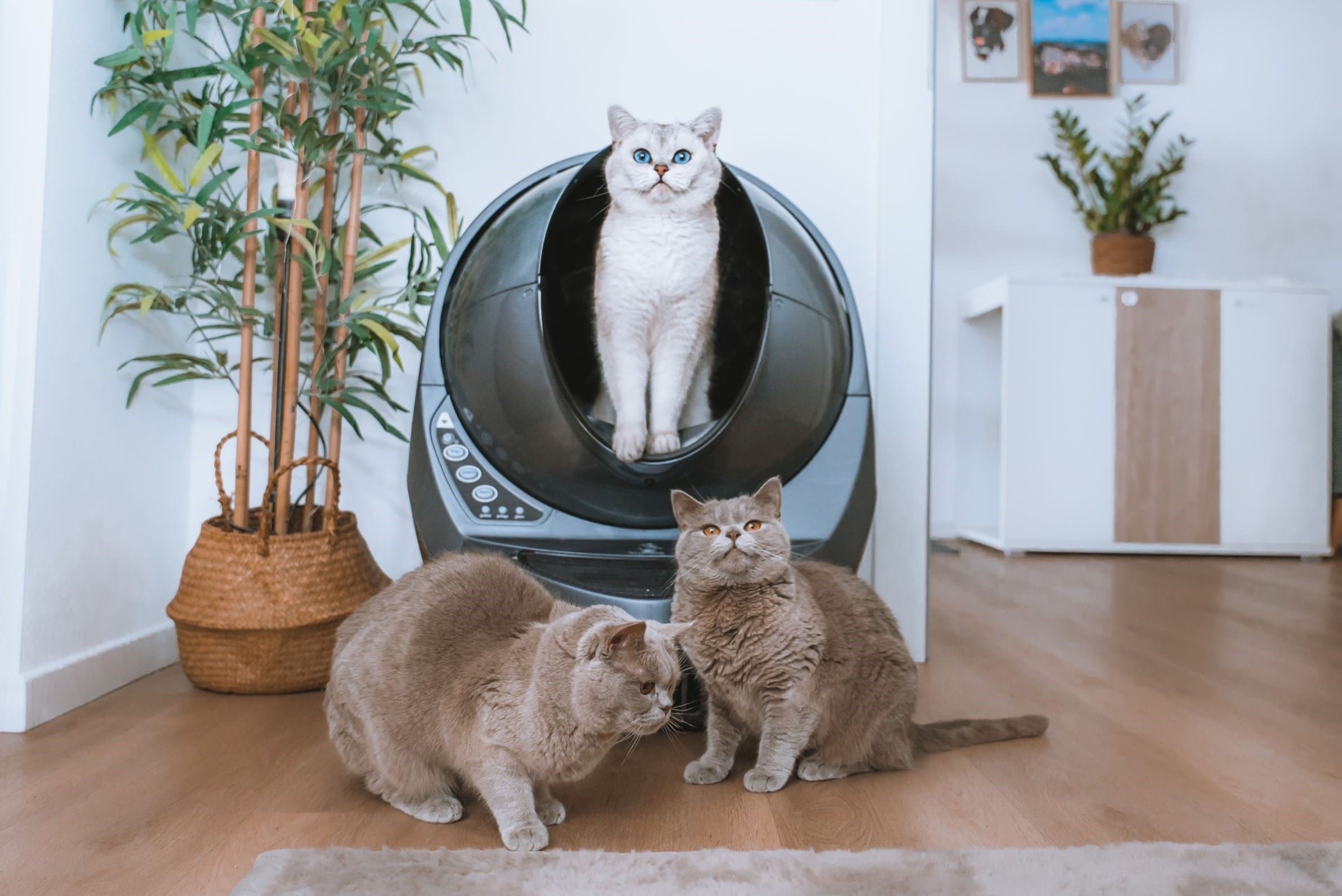
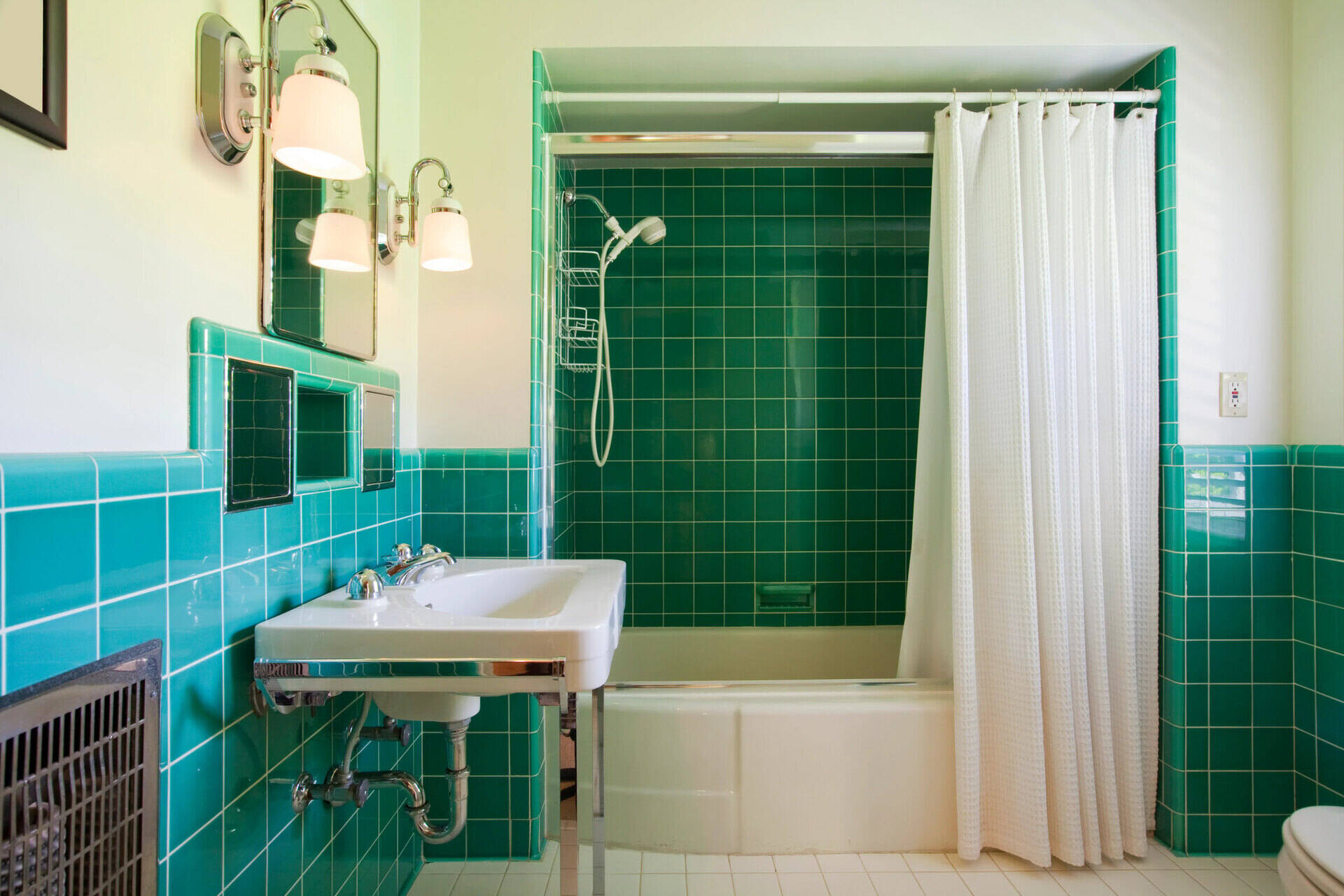
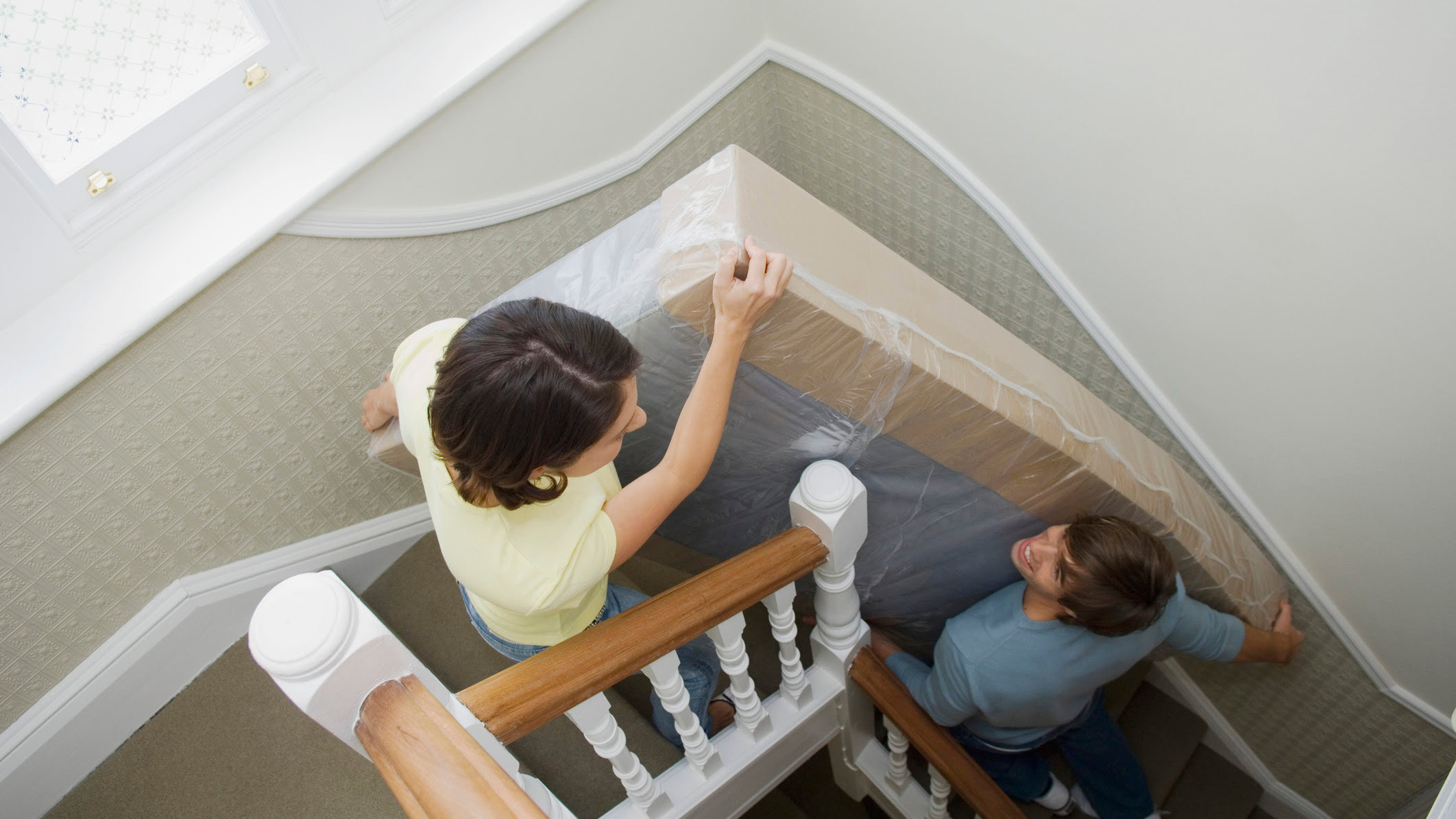
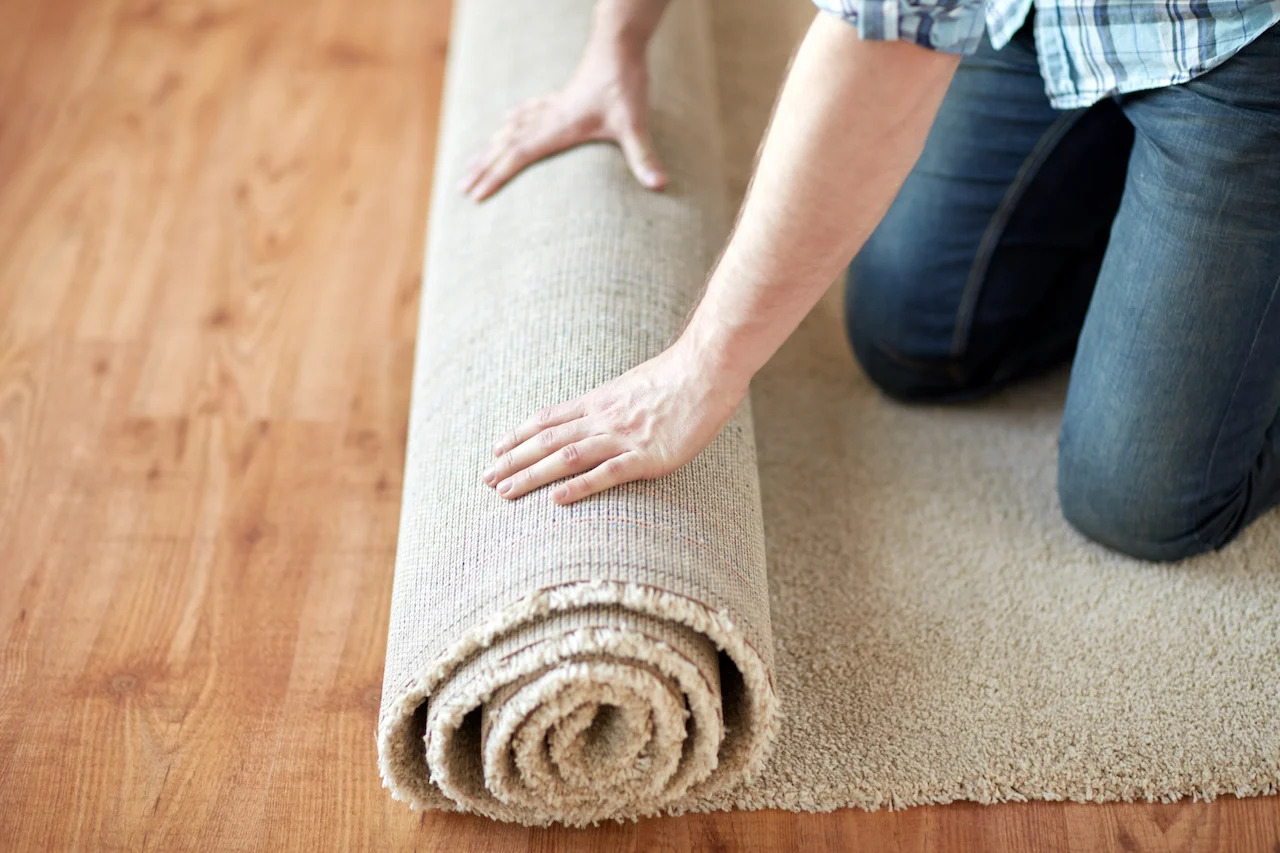
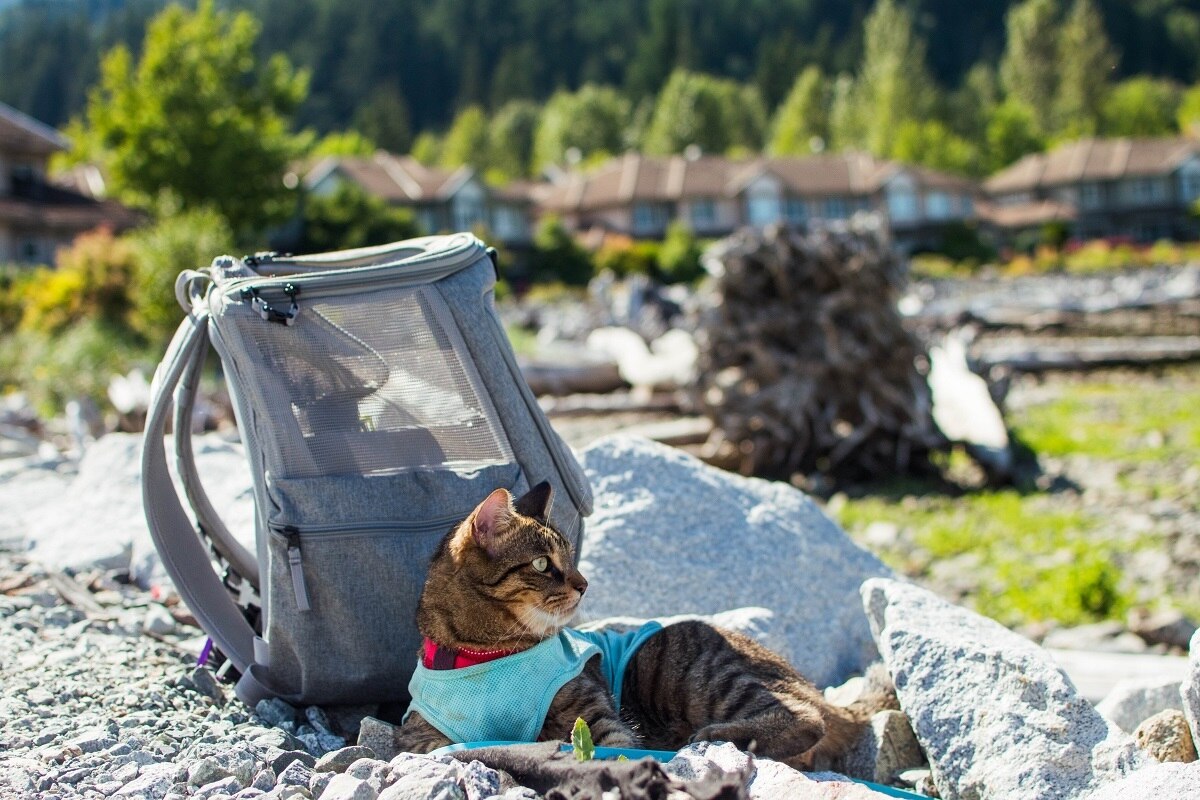
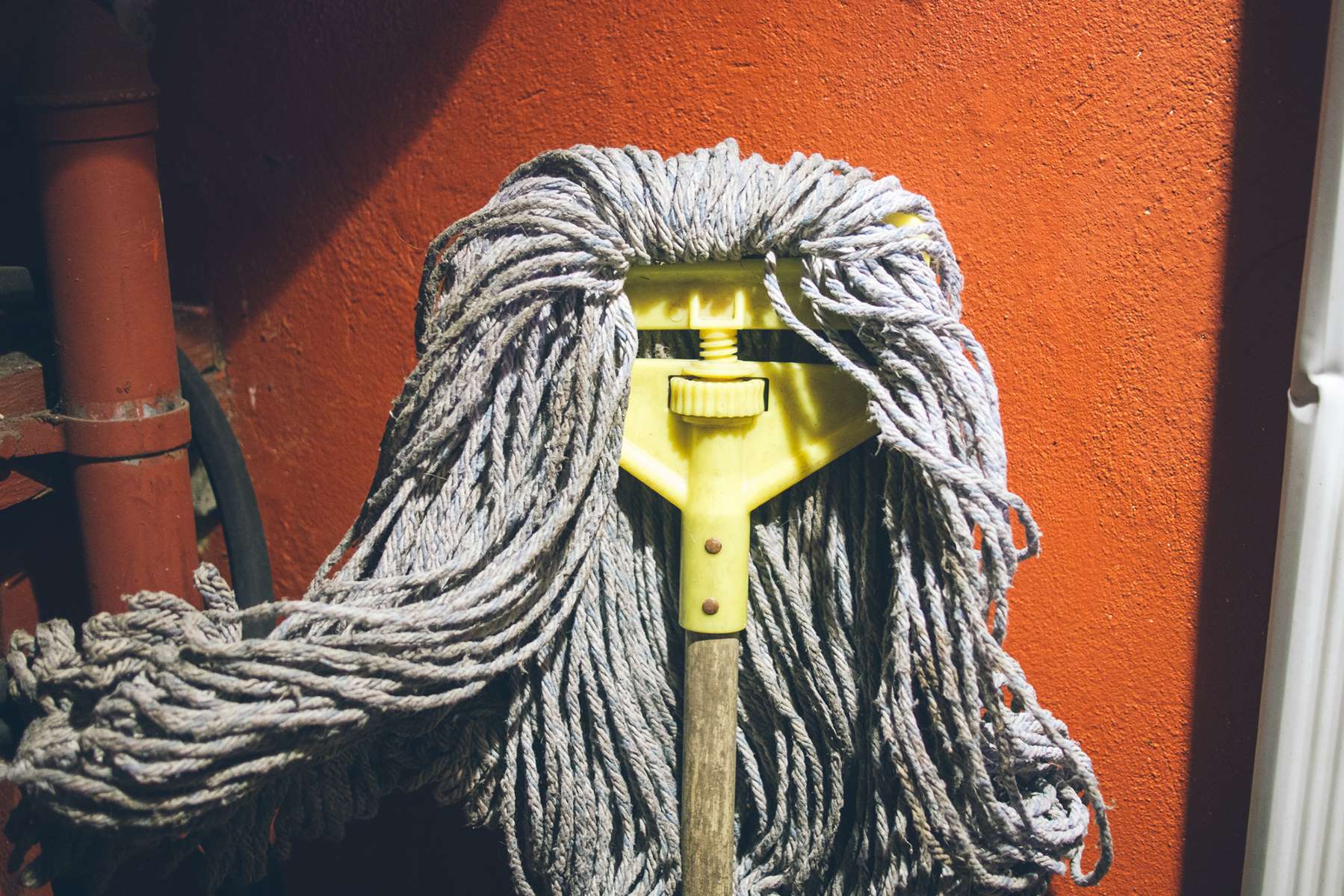

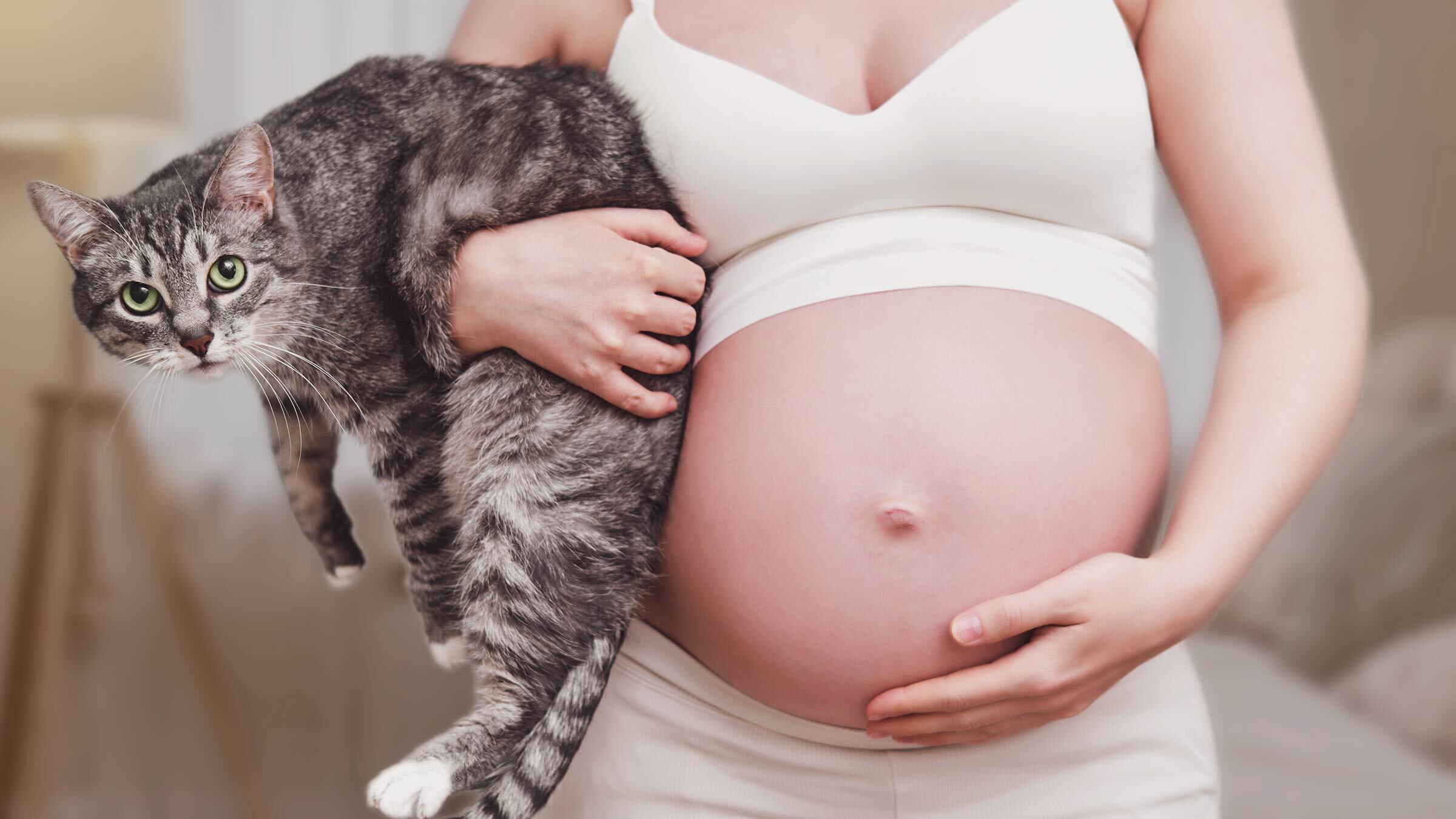
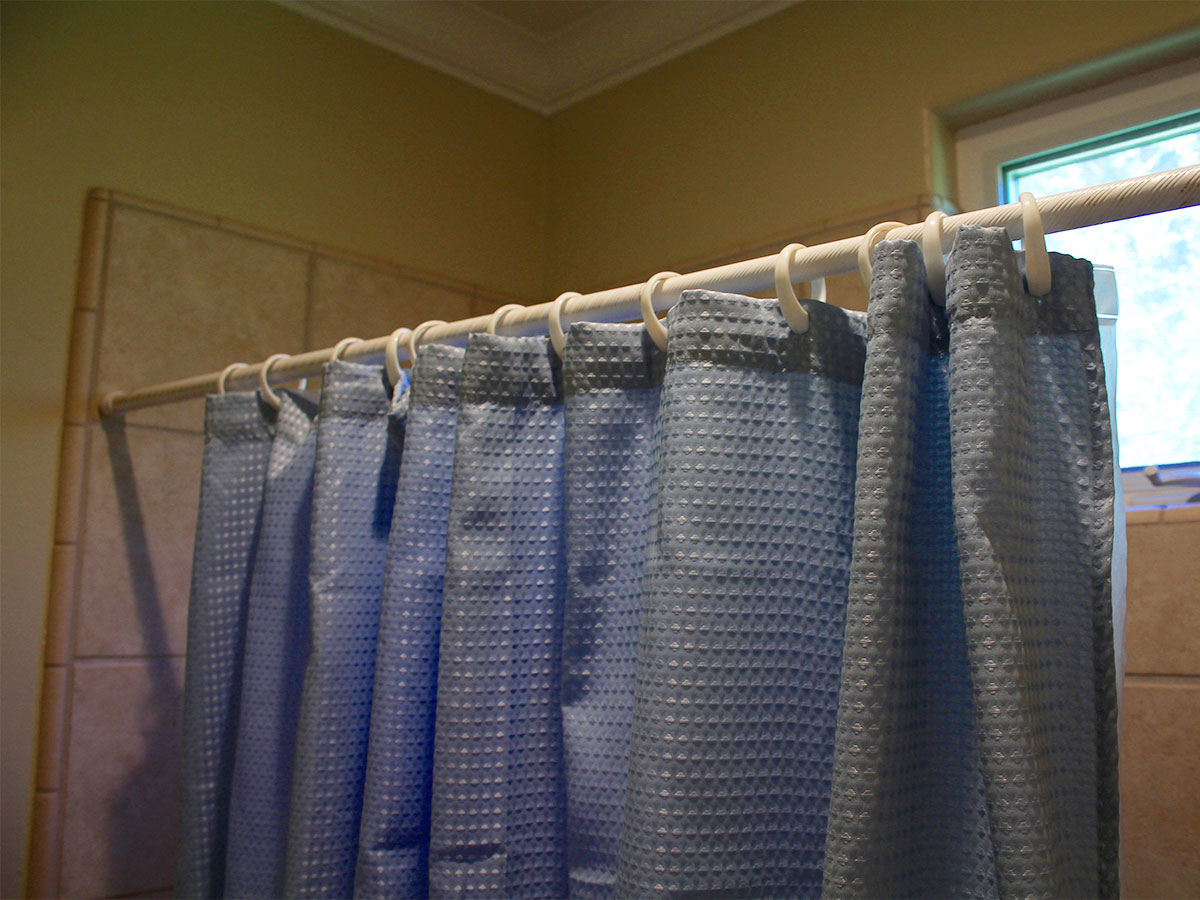

0 thoughts on “How Often Should You Change The Cat Litter Box?”